Paris Fashion Week AW 2018
This season's catwalks were tinged with nostalgia as well as offering practical, wearable pieces for sophisticated women
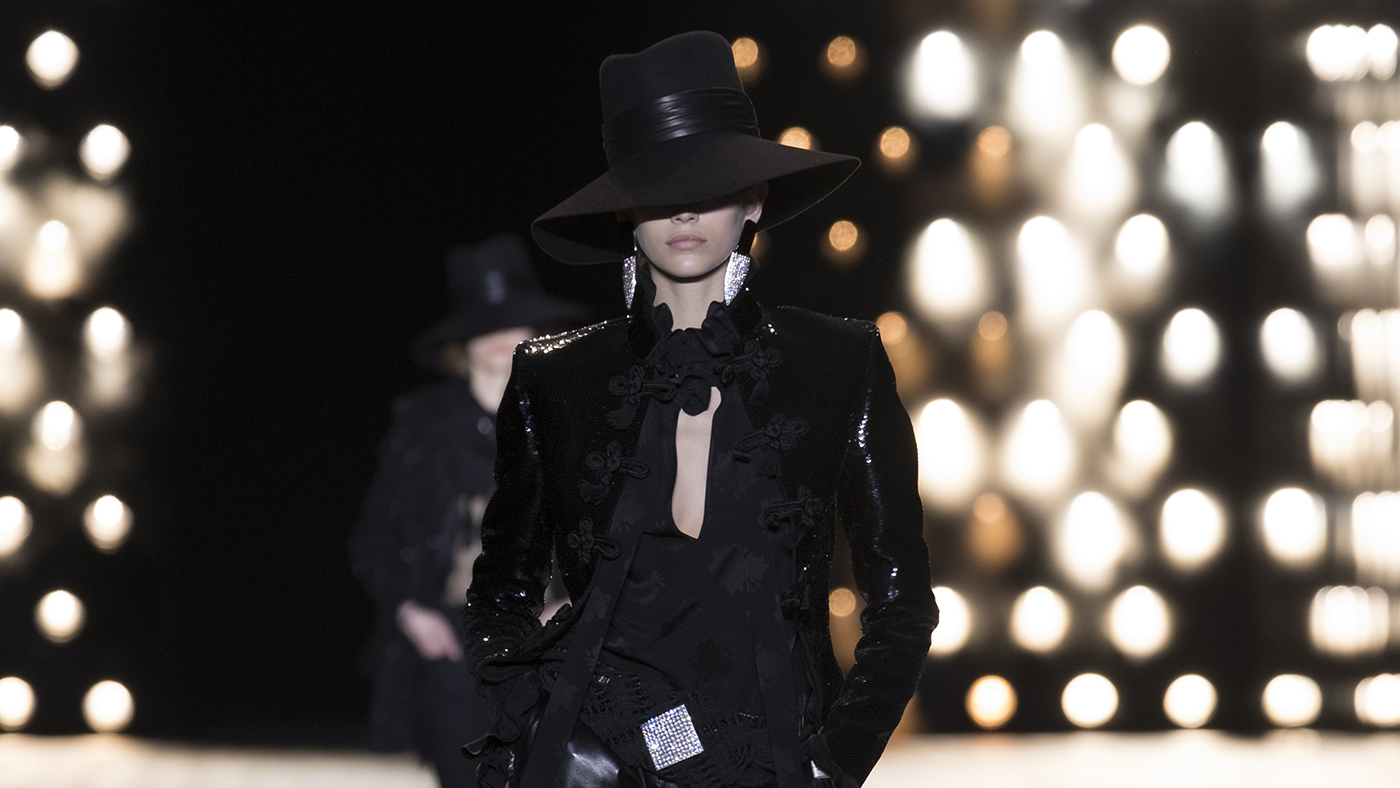
Contemporary, intersectional feminism that considers not only sexism, but also racism and transphobia is front and centre on news agendas. The #MeToo movement has made it possible for diverse women to speak out in unprecedented numbers. As Jo Ellison at the FT notes, that Maria Grazia Chiuri – as the first woman designer at Dior – "has alighted on an all-encompassing feminist narrative to underpin her tenure is no wonder". However she looked to past movements for her latest offering, heavy on fringing, patchwork and 1960s rose-tinted spectacles. "This is a time of change and Ms Chiuri has that right," muses Vanessa Friedman of The New York Times. "But do the change agents of today really want to wear the garb of yesterday, no matter how gorgeously redone? Don't they deserve a, well, new look?" Regardless, the new 'D' buckle belts and J'adior merch aplenty are sure to quench its young fans' thirst for branded accessories.

Balenciaga
Balenciaga was sloganeering too – designer Demna Gvasalia has collaborated with the World Food Programme for AW 2018. The brand has made a significant donation to the cause, and will give a percentage of profits from the collection too – giving substance to its flag-waving printed sweatshirts. Visually, all the Gvasalia cues were there: flea-market-look shirts and sweats, extreme layering, exploring social types through dress. The Balenciaga silhouette of oversize hips was sculpted into jackets with high-tech fabrication too. For Jessica Iredale at WWD, "Finding his comfort zone yielded a very strong collection, one that kept apace the staggering momentum Gvasalia has swiftly delivered to Balenciaga, yet also had an air of steadiness."
The Week
Escape your echo chamber. Get the facts behind the news, plus analysis from multiple perspectives.

Sign up for The Week's Free Newsletters
From our morning news briefing to a weekly Good News Newsletter, get the best of The Week delivered directly to your inbox.
From our morning news briefing to a weekly Good News Newsletter, get the best of The Week delivered directly to your inbox.
Anthony Vaccarello at Yves Saint Laurent had critics shuddering on one of the coldest nights of the year. In the grip of the "Beast from the East" the designer sent out a show of ultra-mini leather skirts, micro shorts, sheer blouses and jackets surely aimed at moneyed millennials. However, while Vaccarello's collection did not wear its inclusivity on its (oversize, 1980s cocktail) sleeve, many critics, such as Sarah Mower at vogue.com observe that, "whisper it: among all those jackets, tops, and lean coats lies a plethora of choice for older sophisticates."
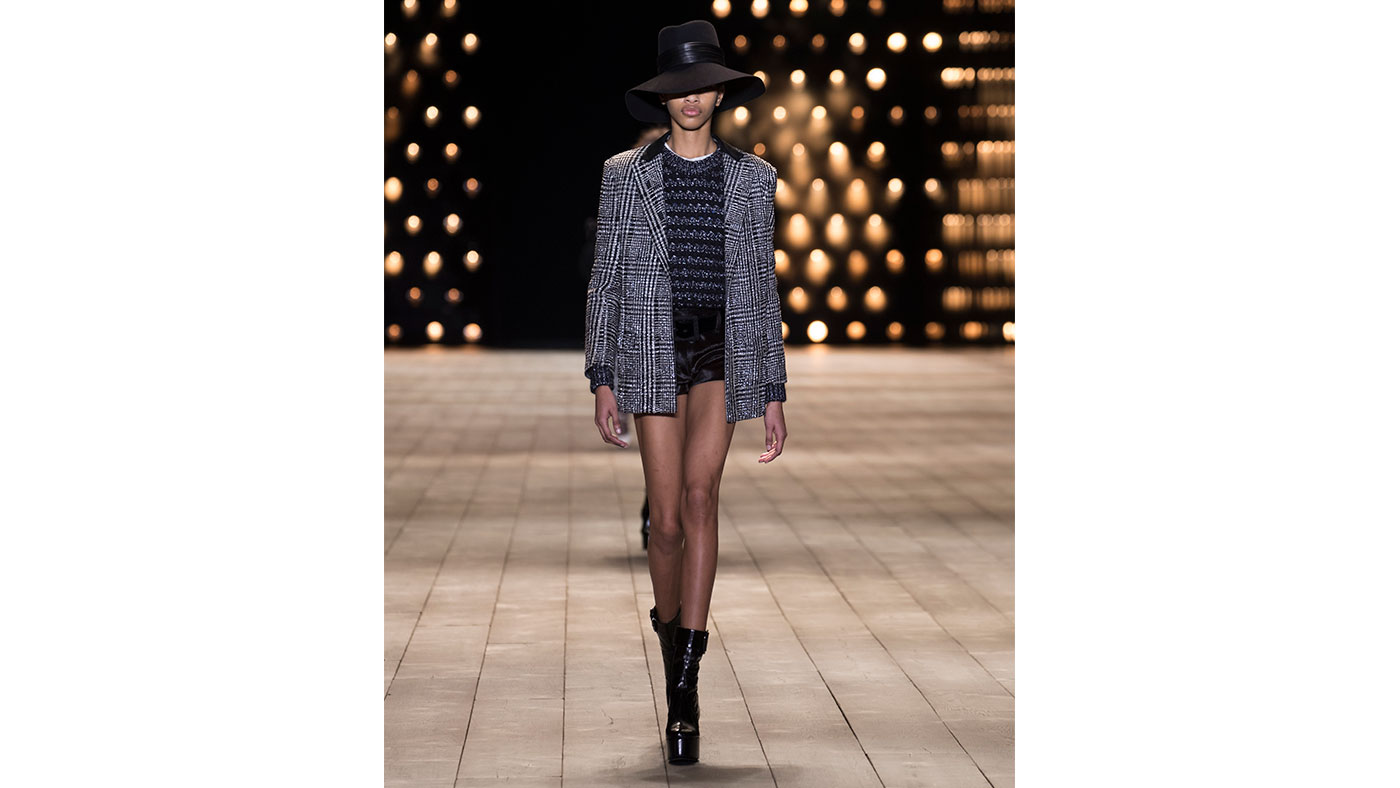
Yves Saint Laurent
Another designer who tapped into the 80s – though less flagrantly – was Clare Waight Keller, in her second season at Givenchy, who built her collection around Berlin's hedonistic club scene from the period. For Friedman, "It took her to kind of a dark place, one filled with oversize fake furs and jutting New Wave shoulders; leather Star Trek-like tops and pleated leather pants; asymmetric oil-slick silk skirts; big in-your-face bows on black tie separates and swinging silver fringe".
A recent hire who fared well this season was Natacha Ramsay-Levi at Chloe, whose re-envisioning of the house, strong on accessories and wearability, and embodying the DNA well, has won widespread praise. This collection continued that trend. Ellison at the FT comments, "Ramsay-Levi has done a good job in identifying a market for women searching for wearable clothes with a soupcon of cool. And she has quickly defined her point of view. Her clothes have echoes of her work for Louis Vuitton, where she worked previously, but already her Chloe is stamped with a distinctive signature." A question hangs over the hiked-up prices – though the scarcity of the current season's key pieces indicates consumers are keen.
A free daily email with the biggest news stories of the day – and the best features from TheWeek.com
The set for Karl Lagerfeld's autumn forest hymnal shared a palette with Ramsay-Levi – the audience was immersed in the soft browns of decaying leaves. Mower paints the picture, "As the lines of girls began treading purposefully through the moss-strewn glade, the first long, slim black coats struck a quintessentially Lagerfeldian note: the attenuated Edwardiana silhouette that has reflexively dashed off his pen for decades". But Lagerfeld kept it current too, by "tuning into the current puffer trend, then serving up several versions for the young, rich, and today".
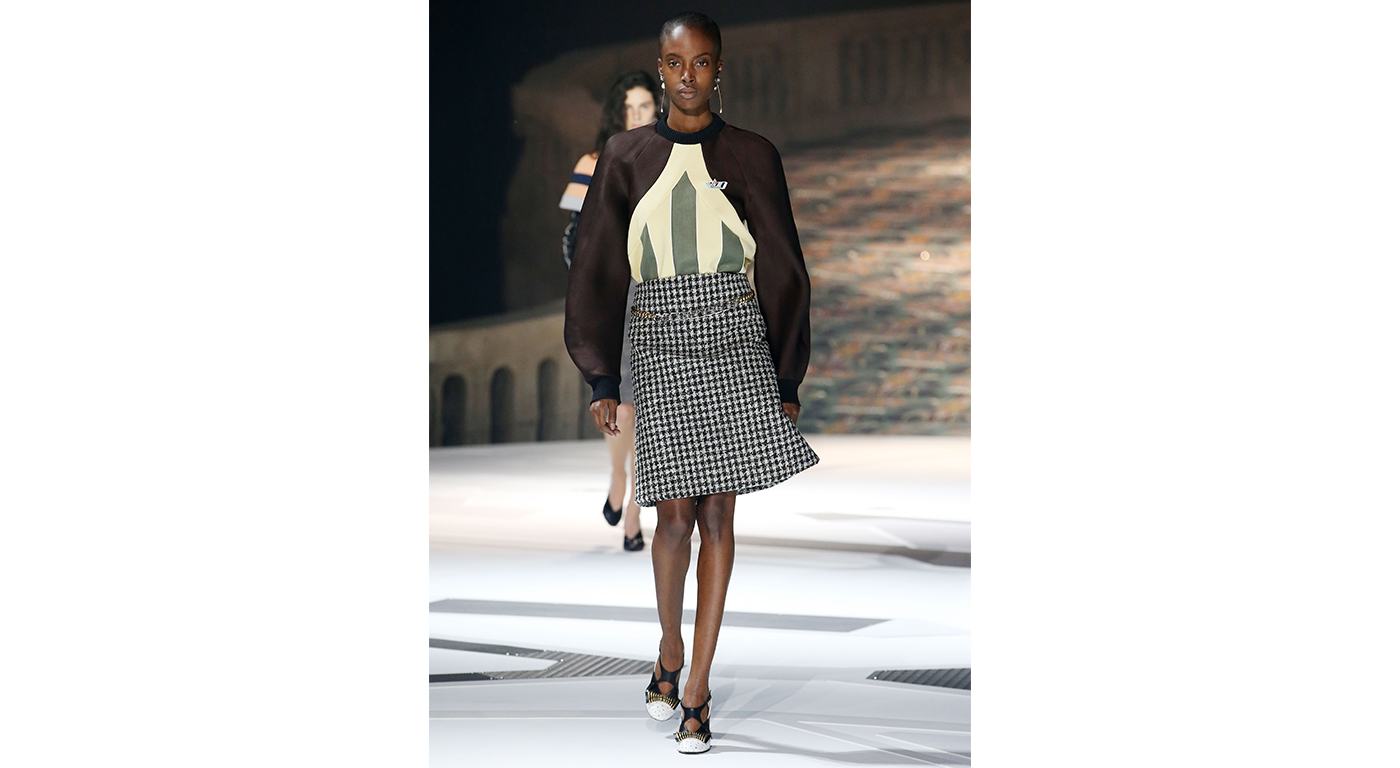
Louis Vuitton
The final show of the season was that royalty of Parisian brands, Louis Vuitton, designed by Nicolas Ghesquiere. In the wake of a lavish Elysee Palace dinner (love-in) with the president of France Emmanuel Macron and his wife Brigitte, the fashion crowd was feeling receptive to Ghesquiere's high-tech French chic. Nicole Phelps at vogue.com said: "Fluid, snap-front shirtdresses, for example were spliced above the shoulders with that striped spaceship uniform. The high-tech wizardry notwithstanding, the lasting impression was this collection's chic wearability." Skirt lengths that professional women will thank him for, in houndstooth and grey tweeds made for easy-to-buy pieces. For Phelps, Ghesquiere made sure that, "there was plenty here for the fashion-loving, jacket-wearing French First Lady to like. It felt like a fitting way to end a season that has been much about representations of women, and how designers should dress us now".
-
 Could Trump run for a third term?
Could Trump run for a third term?The Explainer Constitutional amendment limits US presidents to two terms, but Trump diehards claim there is a loophole
-
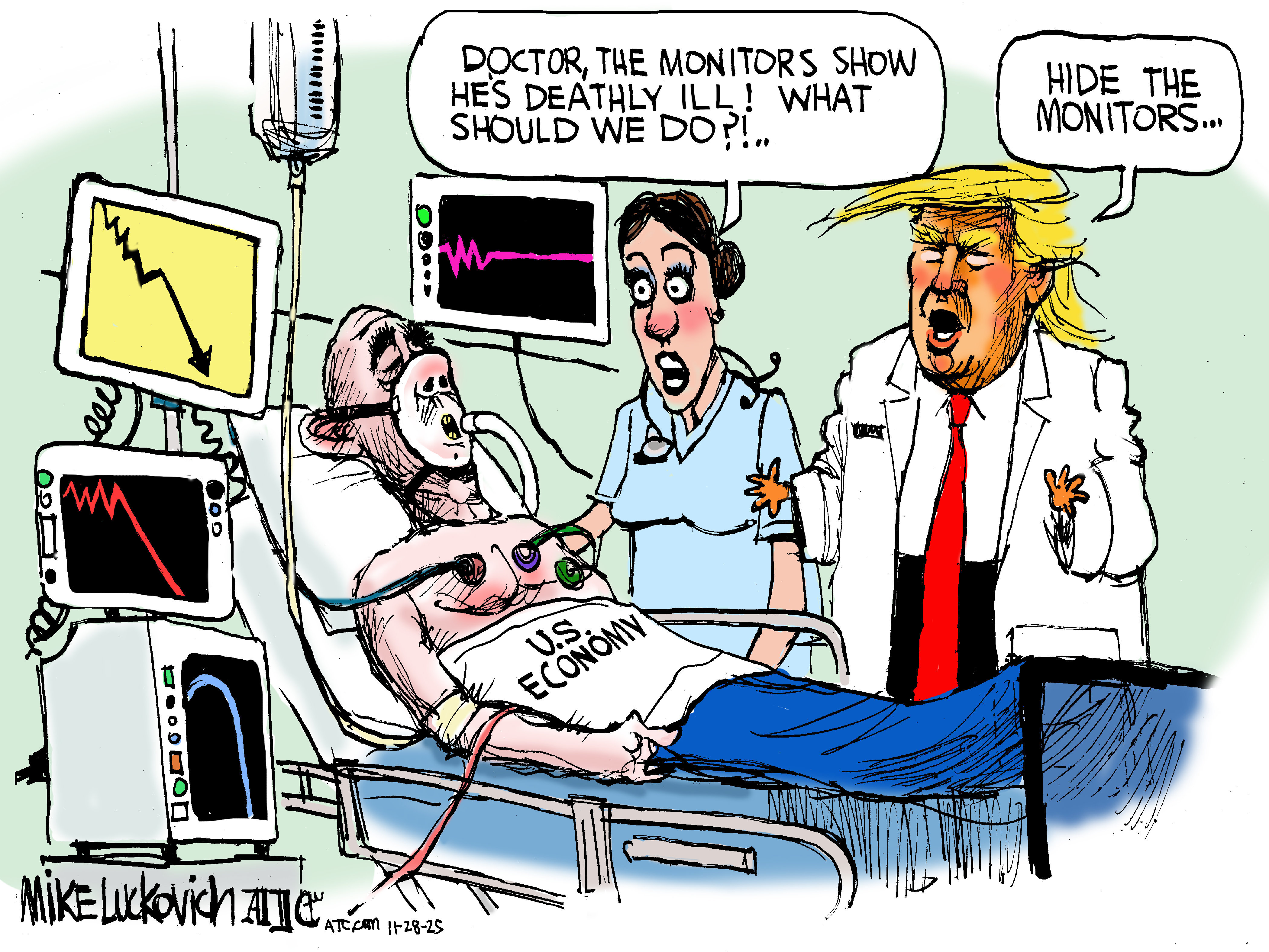 Political cartoons for November 28
Political cartoons for November 28Cartoons Friday's political cartoons include economic diagnosis, climate distractions, and more
-
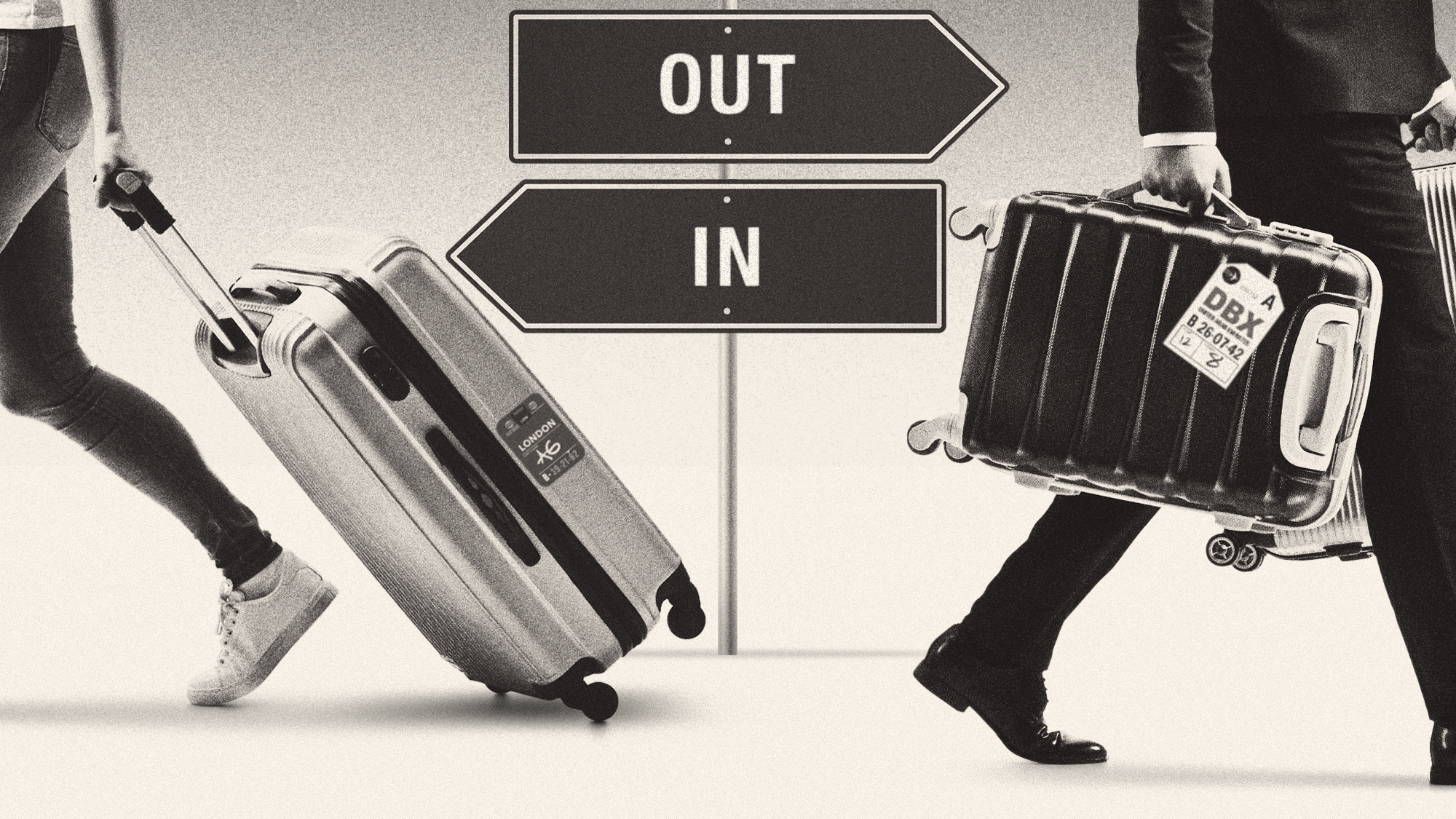 What does the fall in net migration mean for the UK?
What does the fall in net migration mean for the UK?Today’s Big Question With Labour and the Tories trying to ‘claim credit’ for lower figures, the ‘underlying picture is far less clear-cut’
-
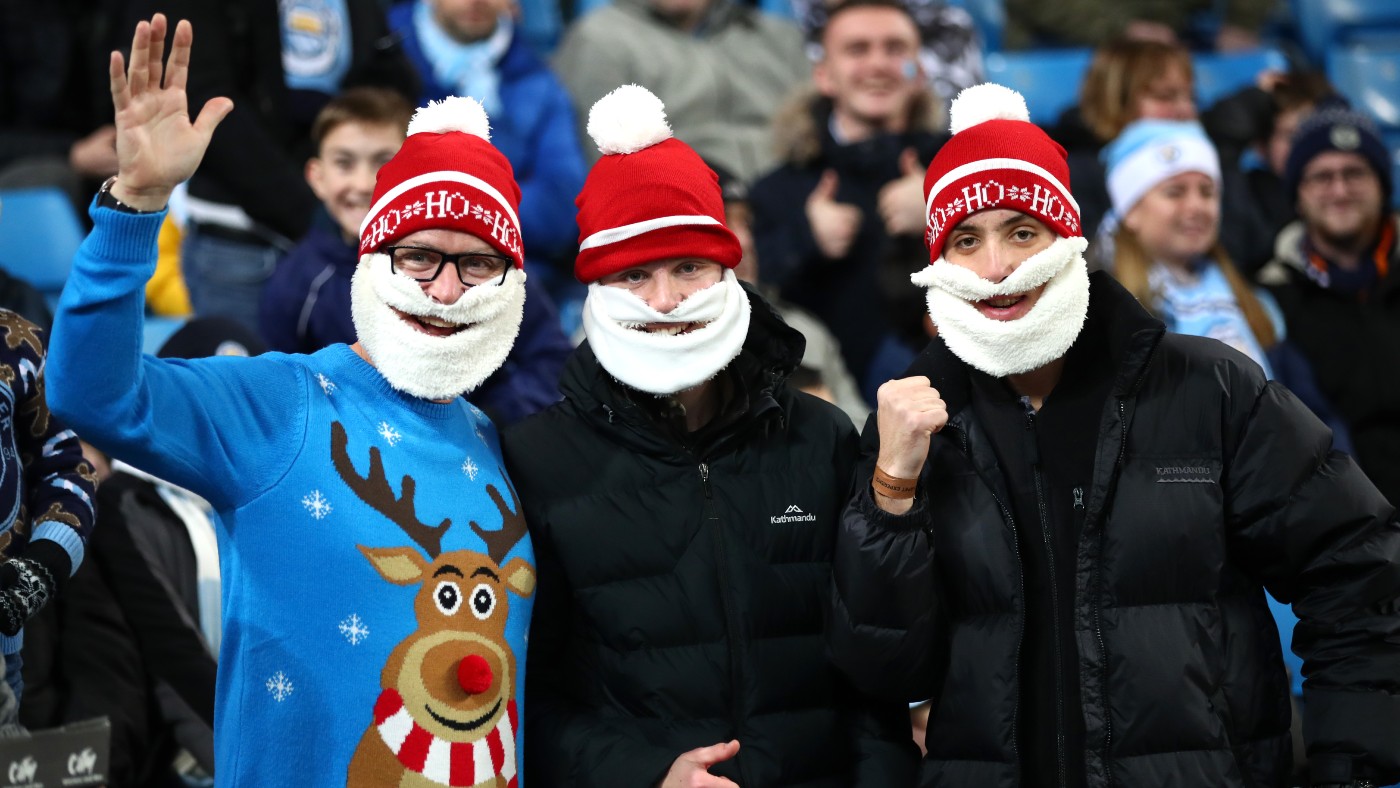 Sport on TV guide: Christmas 2022 and New Year listings
Sport on TV guide: Christmas 2022 and New Year listingsSpeed Read Enjoy a feast of sporting action with football, darts, rugby union, racing, NFL and NBA
-
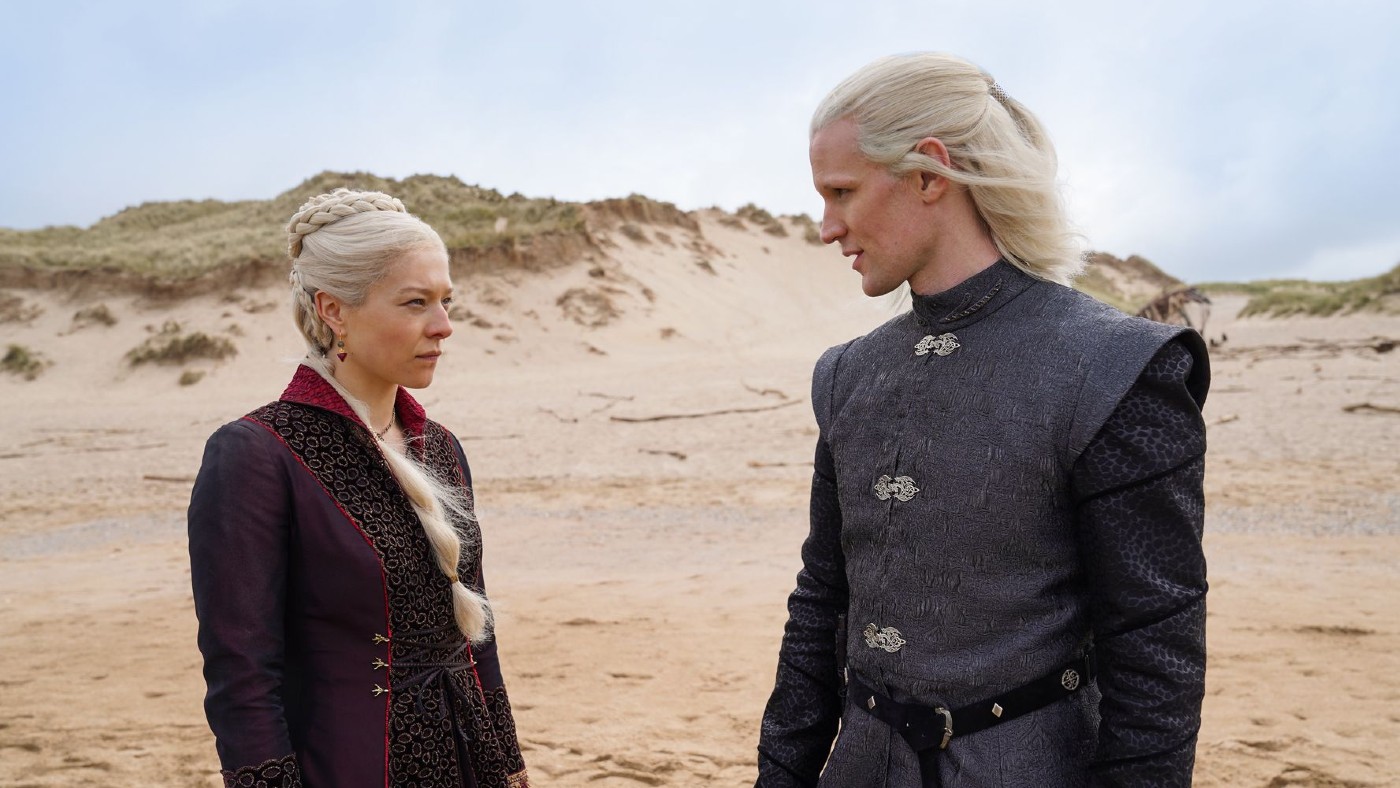 House of the Dragon: what to expect from the Game of Thrones prequel
House of the Dragon: what to expect from the Game of Thrones prequelSpeed Read Ten-part series, set 200 years before GoT, will show the incestuous decline of Targaryen
-
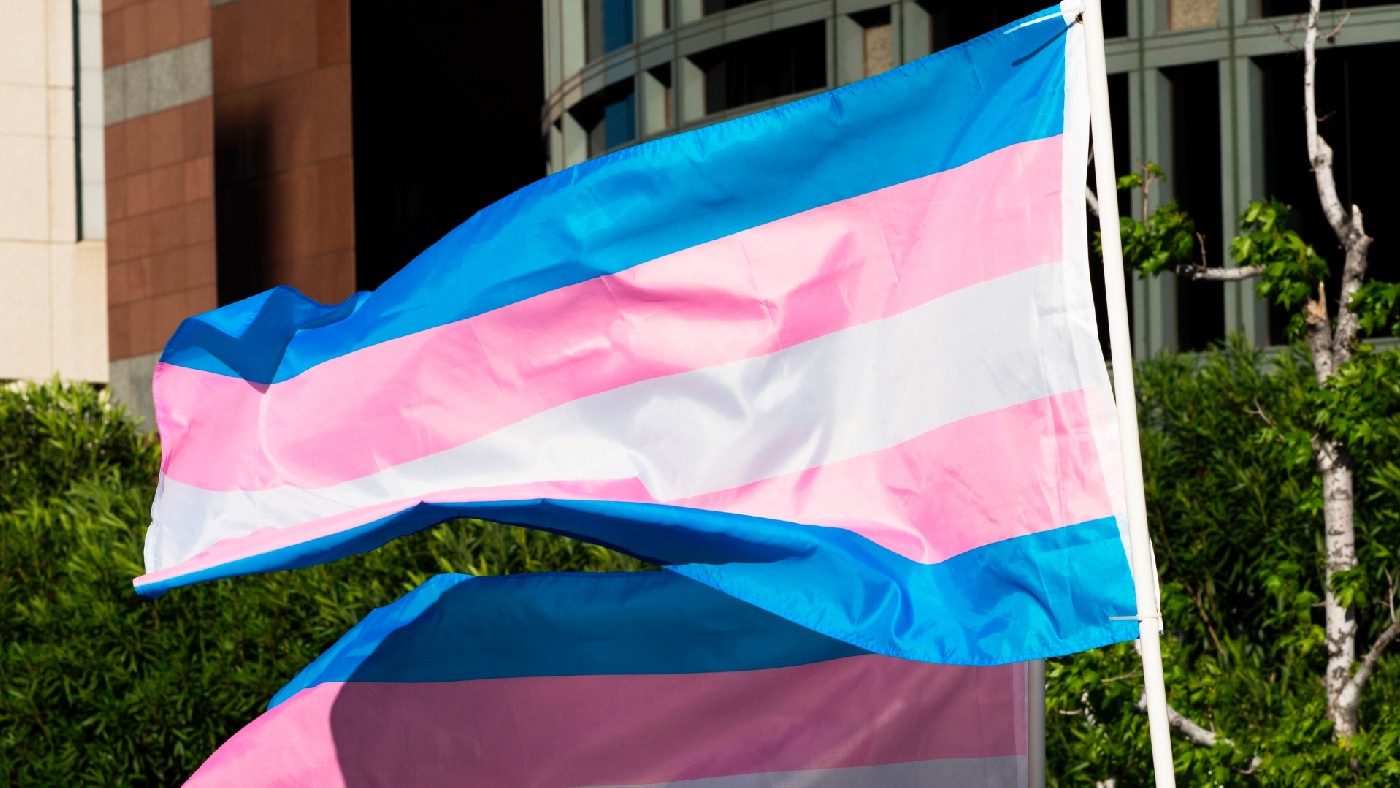 One in 20 young Americans identify as trans or non-binary
One in 20 young Americans identify as trans or non-binarySpeed Read New research suggests that 44% of US adults know someone who is transgender
-
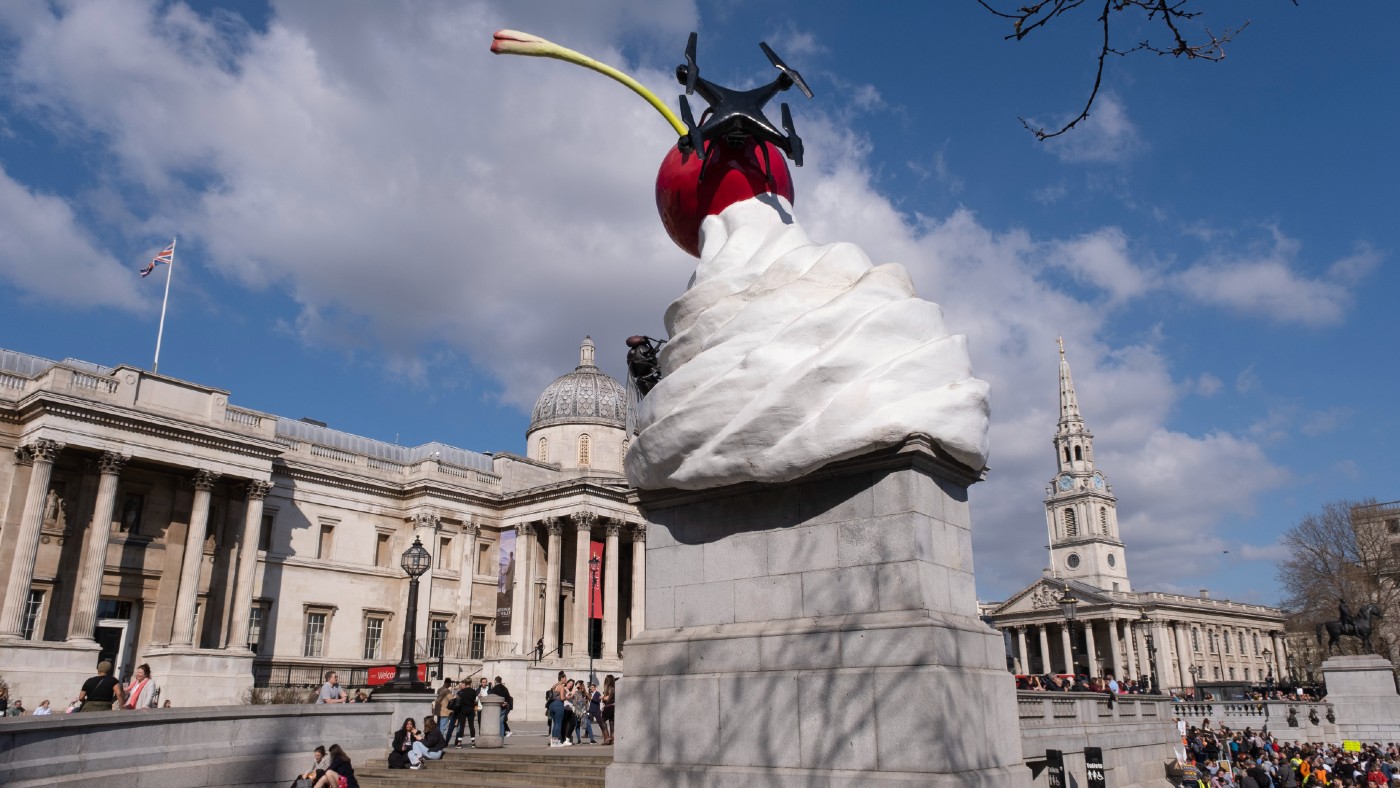 The Turner Prize 2022: a ‘vintage’ shortlist?
The Turner Prize 2022: a ‘vintage’ shortlist?Speed Read All four artists look towards ‘growth, revival and reinvention’ in their work
-
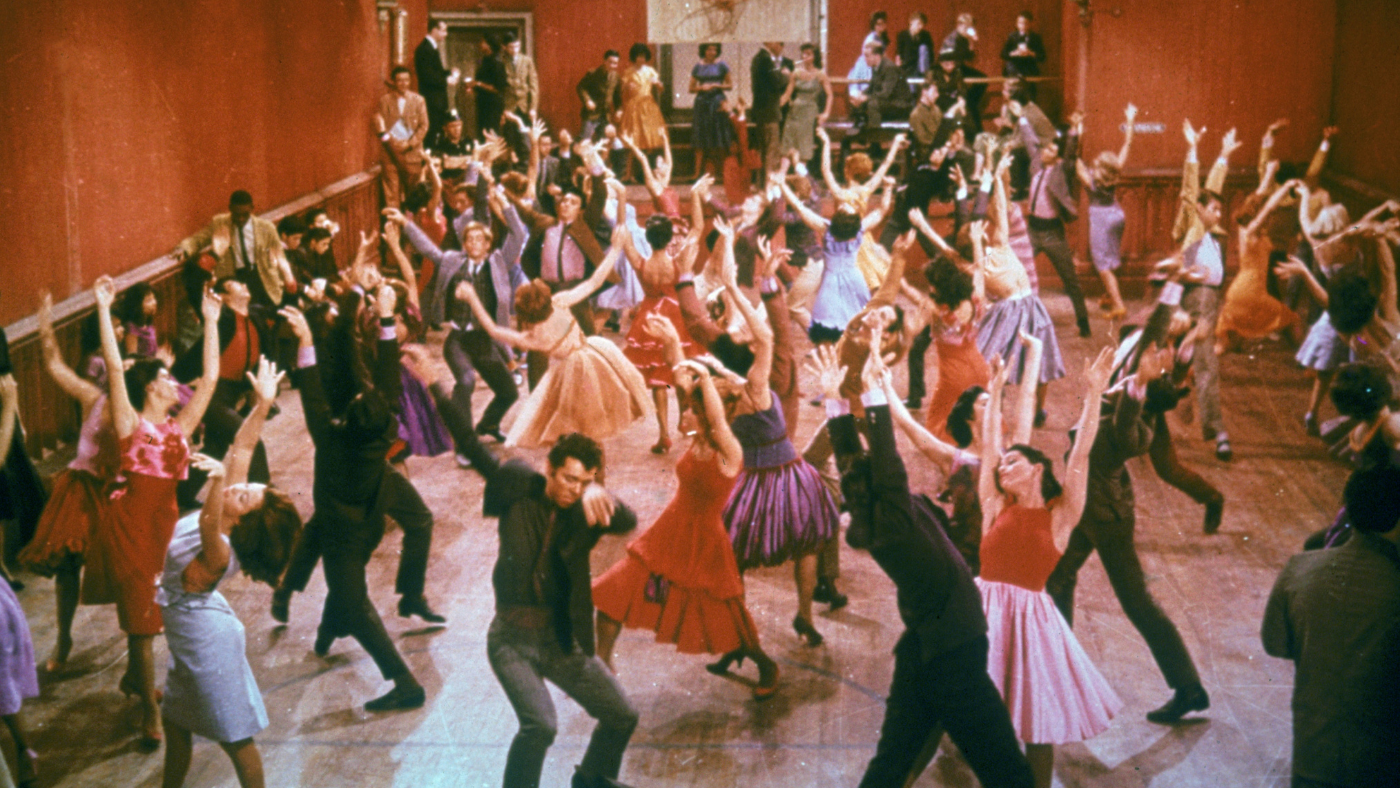 What’s on TV this Christmas? The best holiday television
What’s on TV this Christmas? The best holiday televisionSpeed Read From films and documentaries to musicals for all the family
-
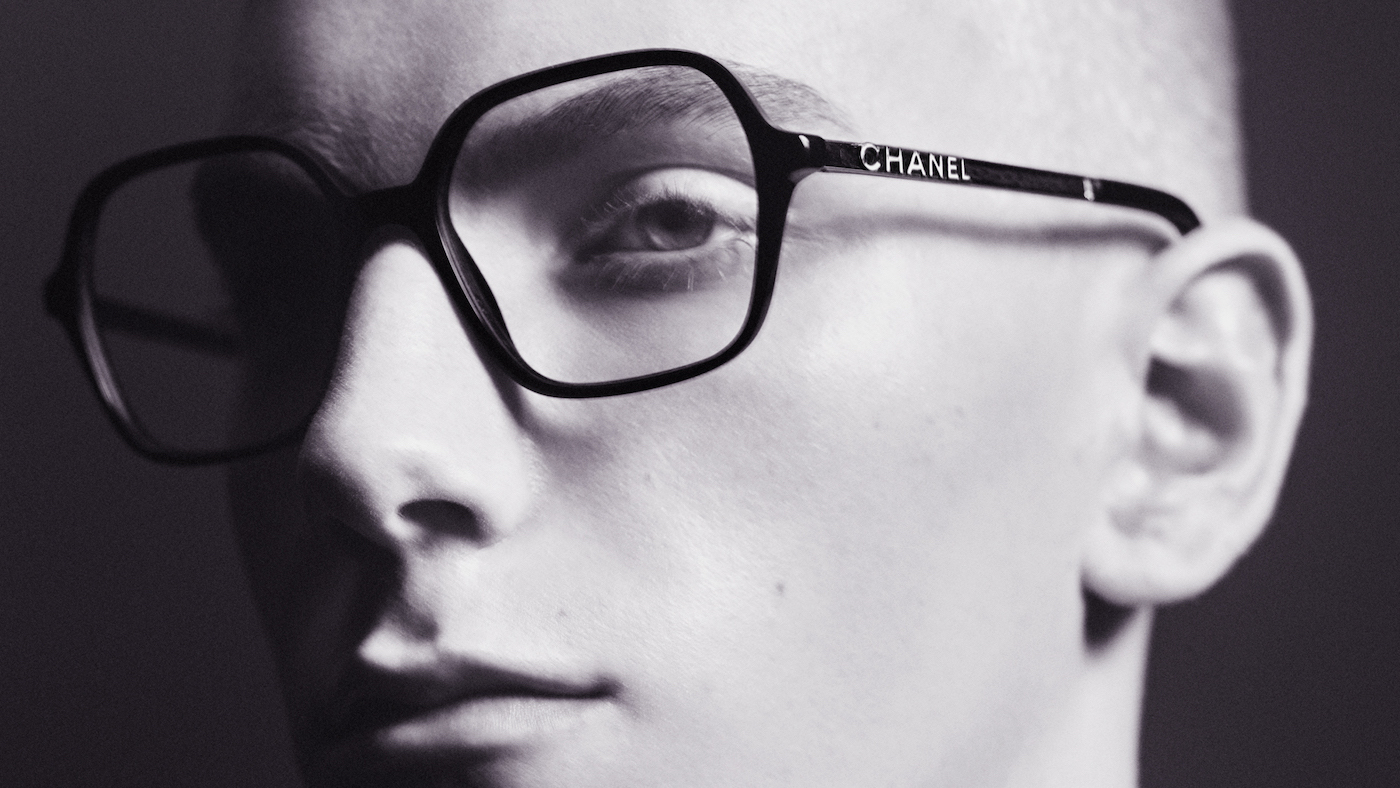 Coco vision: up close to Chanel opticals
Coco vision: up close to Chanel opticalsSpeed Read Parisian luxury house adds opticals to digital offering
-
 Abba returns: how the Swedish supergroup and their ‘Abba-tars’ are taking a chance on a reunion
Abba returns: how the Swedish supergroup and their ‘Abba-tars’ are taking a chance on a reunionSpeed Read From next May, digital avatars of the foursome will be performing concerts in east London
-
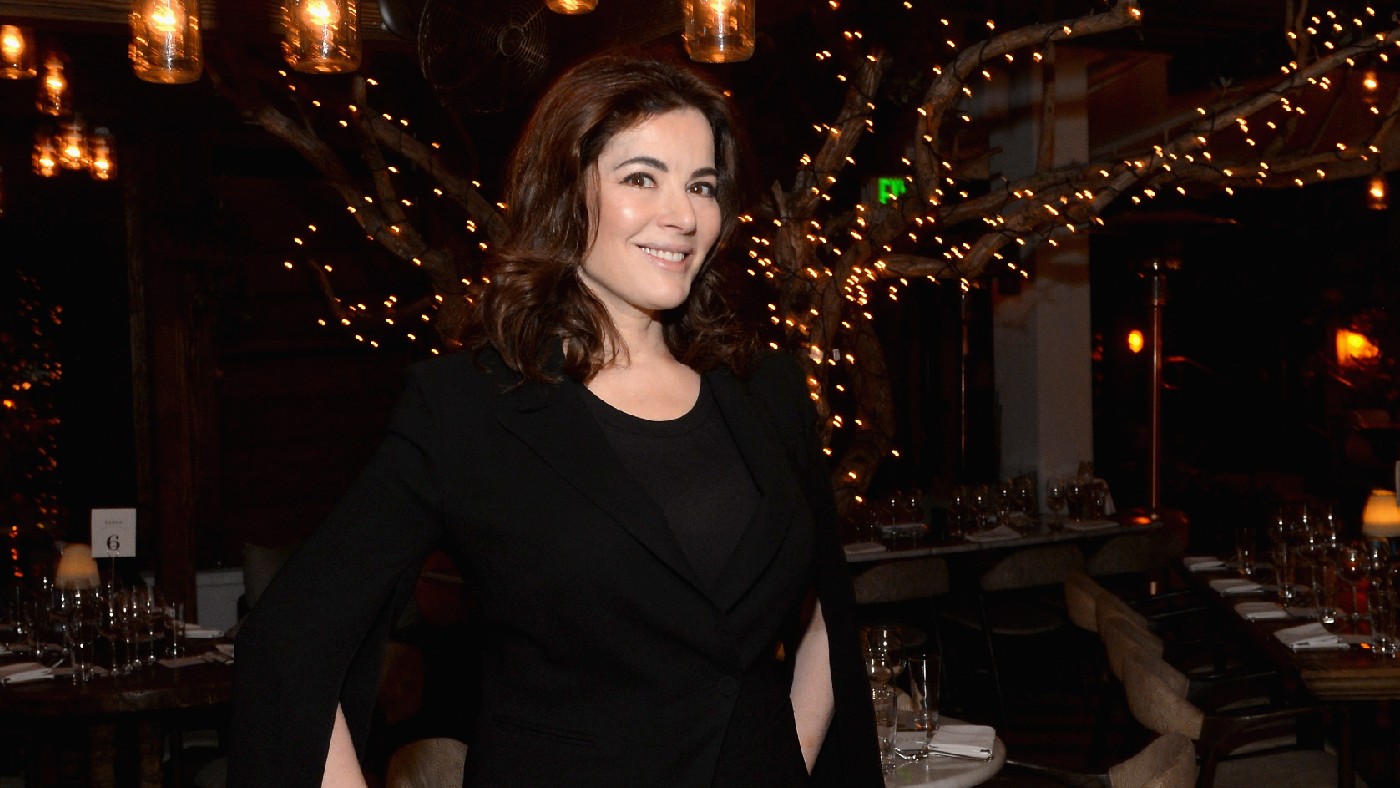 ‘Turning down her smut setting’: how Nigella Lawson is cleaning up her recipes
‘Turning down her smut setting’: how Nigella Lawson is cleaning up her recipesSpeed Read Last week, the TV cook announced she was axing the word ‘slut’ from her recipe for Slut Red Raspberries in Chardonnay Jelly